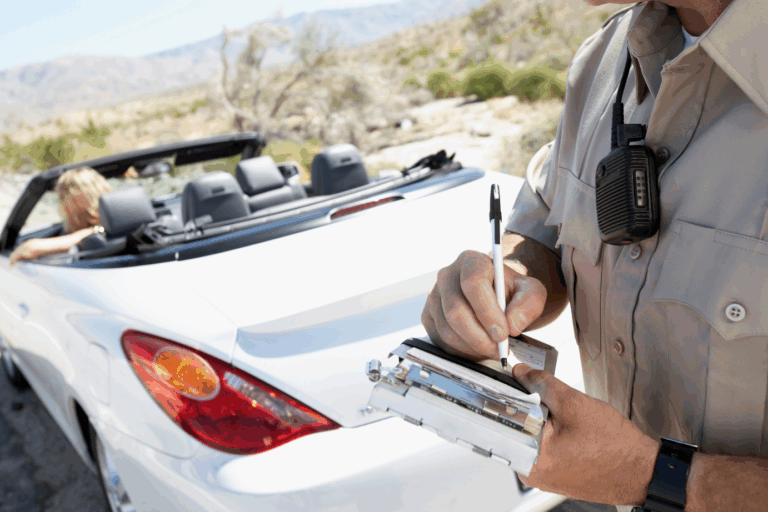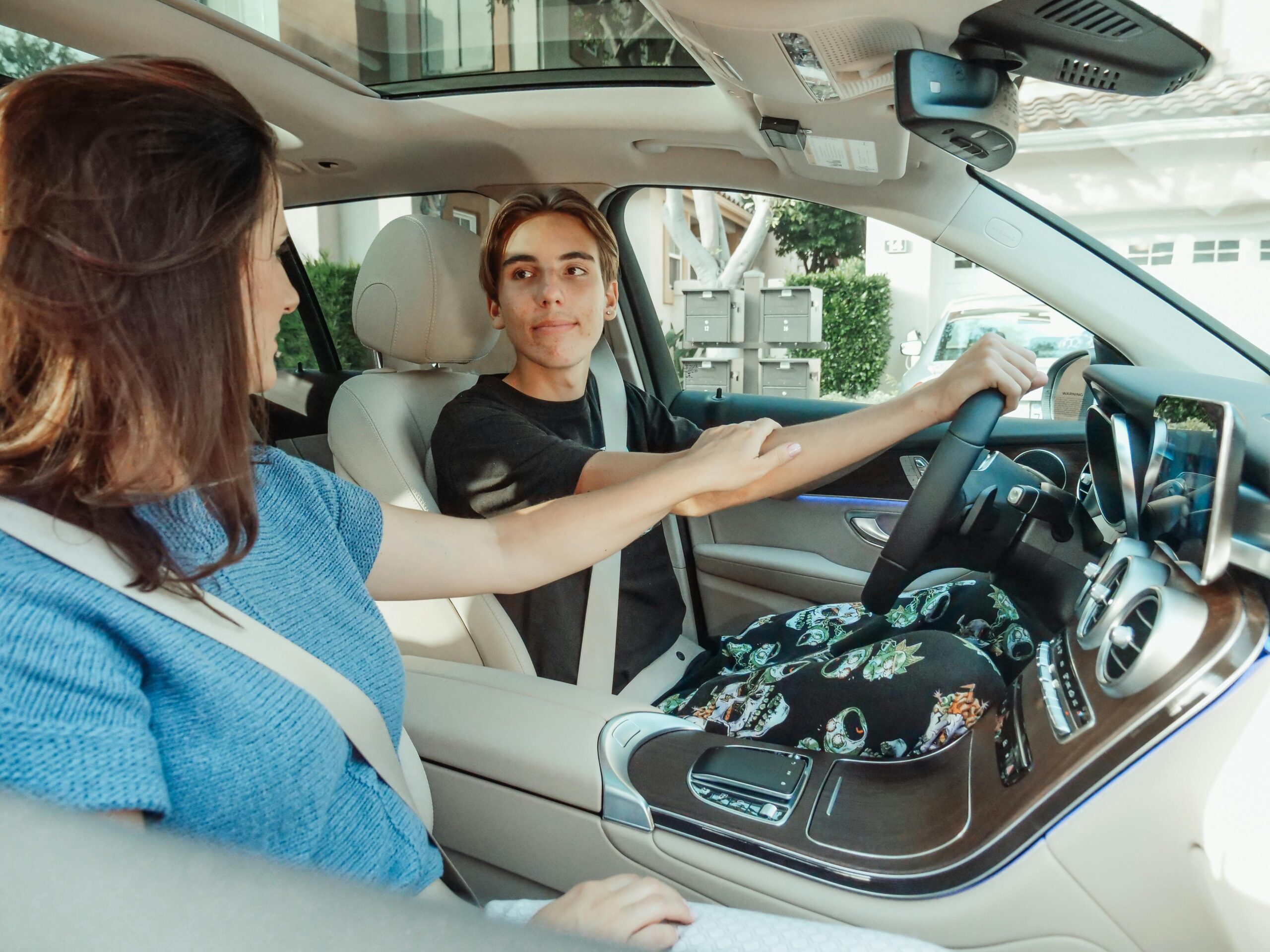
Dangers of Speeding
Teaching young and new drivers about the dangers of speeding can help reduce teen crashes. Educating students about the importance of safe driving habits is a valuable part of driving

Whether you’re creating a driver’s education program for students or teens in your community, it’s important to include a discussion on the dangers of speeding. As educators, it’s key to lay out relevant information in a meaningful yet easy-to-absorb format. With Fatal Vision products and credible sources, you’ll be able to effectively teach youth and young adults why slowing down on the road is necessary.
According to Tennessee Tech and the Tennessee Highway Safety Office, driver education programs like “Reduce Teen Crashes” can lower incidents involving teen drivers. The more education, resources, and information new drivers can have before taking the wheel, the more prepared they are to make safer choices. To reinforce this message in schools and community centers, consider hanging banners or posters to remind new drivers what safe driving looks like.
Young adults behind the wheel of a car need to be taught good driving habits and skills, and discussing the dangers and consequences of speeding is no exception. It may be beneficial to your educational program to bring in first-hand accounts of other young adults who were involved in a crash due to speeding to enforce how dangerous it can be. Using facts and statistics, like this source from the CDC or this article about teens and driving from the CDC, can also help students understand the risks and consequences of driving too fast.
Using new technology, like informational videos, simulation goggles, or virtual training programs to help students learn about traffic crashes and causes can all be beneficial to an educational program around teen drivers.
Parents and guardians can help reinforce this message at home and while driving themselves. Having open and honest conversations with their children can be a great way to solidify the message presented at school or by community leaders. Parents can also demonstrate good driving habits, like following speed limits and not driving with distractions.
A common challenge educators may face when talking with new drivers is grabbing and keeping the attention of teens. A good way to combat this is to mix up the presentation of material and use hands-on learning when possible to help keep student’s attention. Hands-on learning can be in the form of online or web-based programs, distracted driving goggles, or using educational videos with discussion.
Talking with students about the dangers of speeding is an important part of an educational program designed to keep new drivers safe. Implementing these ideas and ways of sharing information can help teens understand the risks of speeding. Contact us for additional speeding education resources or request a quote on products today.
Innocorp is the pioneering developer of Fatal Vision® Goggles and other experiential learning tools designed to educate on the dangers of impairment and promote risk prevention. Innocorp provides impactful, hands-on resources used globally by law enforcement, educators, and safety professionals to demonstrate the consequences of substance use, risky driving, and other dangerous behaviors.
We’d love to online chat! We are available Monday-Friday from 8am-5pm (CST):
Or schedule a time for a consultation:

Teaching young and new drivers about the dangers of speeding can help reduce teen crashes. Educating students about the importance of safe driving habits is a valuable part of driving
CUSTOMER SUPPORT
Buy America Act
Contact
GSA Customers
Returns
Shipping
Warranties
My Account
Login
Create an Account
INNOCORP HEADQUARTERS
500 S Nine Mound Road
P.O. Box 930064
Verona, WI 53593-0064
800-272-5023 Mon-Fri 8-5 CT
608-848-5558 Fax
©2025 Innocorp. All Rights Reserved